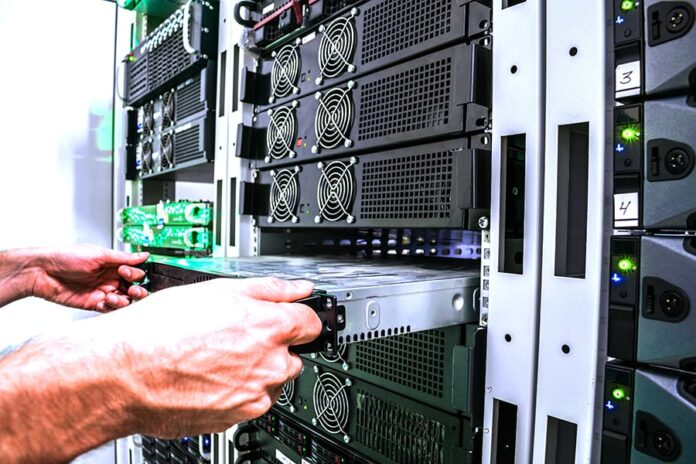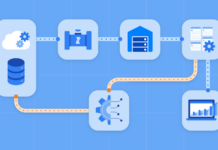Specialized cabinets for server room arrangement are produced nowadays. Such products stand as essential elements of any data center since they are used for network apparatus storage. Models with solid metal enclosures or open frames are widely used by the system tech staff to accommodate IT devices.
Regardless of the system size and the number of active components, hardware is placed on server racks. The modern market offers a wide range of models to meet any demand. Below, we’ll consider what parts of a server rack are obligatory and optional in cabinets.
Advantages of Using Specialized Cabinets
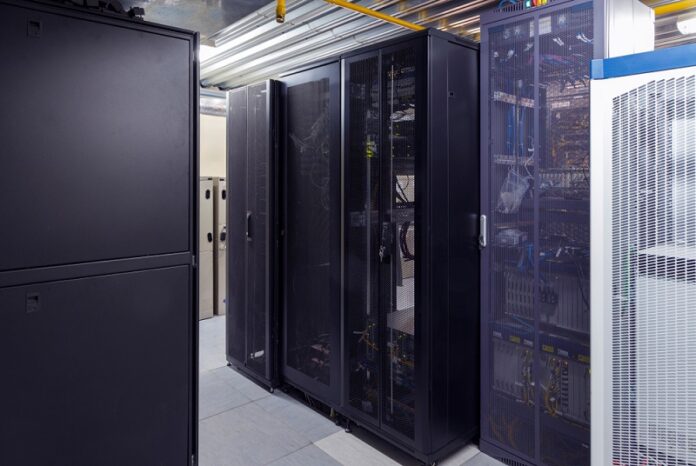
This kind of furniture is found in offices, pharmacies, banks, stores and big data centers. It is used due to the following benefits:
- Protection & security. Server racks stand as a highly secure place to support and store hardware. Since metal bodies are manufactured especially for data centers, they are designed for carrying network equipment. It means that their constructions are durable enough to carry heavy hardware and protect it from damage due to outside influences. Enclosures are equipped with holes and slots for hardware fastening and the use of additional accessories.
- Temperate control & cooling options. Cabinets have body perforation, as well as slots for fan mounting. Their enclosures are perfect for maintaining an optimal environment inside. Climatic sensors can monitor indicators, which allows for keeping temperature and humidity at an optimal level.
- Easy troubleshooting. Removable doors and side walls, sliding shelves and mounting rails simplify access to hardware and speed up maintenance. Thus, the staff can easily reach any device located deep inside the cabinet.
Thus, a computer server cabinet is a vital element needed in every business. Server furniture is the first issue to consider when arranging a network system.
Essential Parts of Server Racks
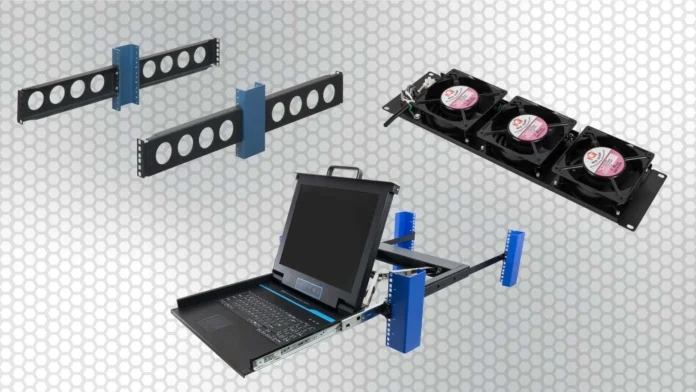
Now, let’s highlight the main network rack components. Although models differ, all kinds of data center furniture have similar body constructions.
They consist of the main frame and mounting rails. Active hardware is attached to vertical posts using front brackets. Movable rear uprights allow adjusting the cabinet depth. To provide more space for equipment mounting, sliding shelves are used. They are installed using mounting rails that are attached to front and rear posts and allow moving shelves into and from the cabinet.
In addition, other components are used:
- front door with perforation can be used for an open or closed type;
- rear door with holes is suitable for cable routing;
- side panels serve as protection of equipment from environmental factors and outside impacts;
- top panel is used for securing hardware from above;
- main metal construction supports and carries the frame and all the devices.
However, doors and walls are not obligatory elements of bodies. They secure apparatus from outside stress, environmental issues and intentional damages.
According to the type of body, modern producers manufacture open-framed models or solid enclosures. Thus, open-frame models have only vertical uprights. Mounting rails are attached additionally. No sidewalls and doors are added. Such models are perfect for installation in closed rooms.
According to the place of installation, models fall into wall-mounted and floor-standing ones. The latter is large and can support hundreds of network components with cables and other accessories. The first category of goods has a limited weight capacity and is usually smaller. They are fastened to the wall with special high-load dowels.
Supplementary Equipment
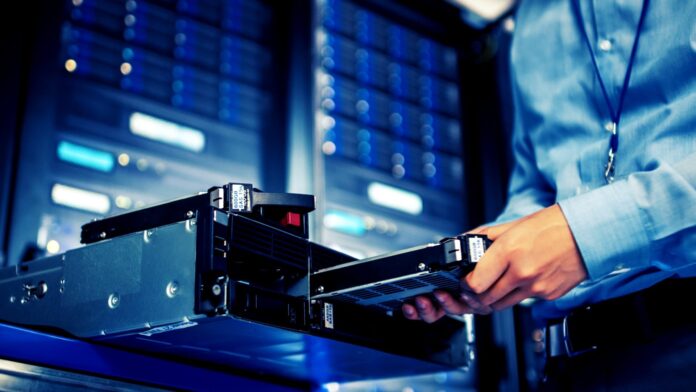
Network systems total several hundred components. Let’s list what to put in a server rack in the first place.
- No system can run without servers; it is the heart of any IT system. Thus, obviously, servers are stored in cabinets. Although some users can store them on shelves, tables, or in special cases, specialized racks stand as the best location for this type of hardware. They are designed specifically to hold servers and have all the required tech slots and features. Besides, server furniture guarantees a secure and reliable position, creates and maintains optimal cooling conditions, provides the staff with easy and convenient access to devices.
- Switches & Routers. These are also essential parts of server cabinets. No network system can function properly without these components. They are designed to transmit datum and ensure stable communication of all devices within one unit or even a network of systems.
According to TheITBay, switches have multiple slots for connecting different types of hardware. They receive data and redirect it to the other specific equipment.
Routers are also responsible for communication, but their coverage is broader. Routers allow for communicating between several systems; thus, their scope of use embraces a wider territory.
- Patch panels are designed to direct cables to their destinations. Such panels have multiple jacks. Wires enter them from one side and are directed to specific equipment. They are most commonly used in open-frame 2-post racks that provide convenient access from both sides.
- Supporting accessories. Additionally, server racks house other tools that make systems more functional and easy to use. These include blanking panels, cords, rails and shelves.
- Blanking panels are solid goods used to plug in unused holes. For example, server furniture is equipped with diverse tech slots for fan installation, cable routing, etc. However, technicians do not use all of them at once. Some holes can be in excess. The airflow, dust or rats can enter the cabinet through them, disturbing and damaging the system. Plugging them in with blanking panels allows for controlling an inside environment, maintaining optimal climatic conditions and improving the security level.
- Rails are used to install shelves and make them movable. They are fastened with special brackets to both rear and front posts. They contribute to easy access to the devices installed deep in cabinets.
- Cords stretch throughout the system to power equipment and connect units. Cable management helps keep wires in order, prevent them from tangling and simplify the diagnosis of trouble cords. That’s why it is important to organize wires using ties, brackets, hooks, vertical or horizontal organizers, arms or other accessories.
Also, technicians can install monitors for troubleshooting, laptops, fans, a mouse and a keyboard in server racks. These devices help monitor the workflow, adjust settings and control the system operation without the need to take a PC with you each time you visit a data center.
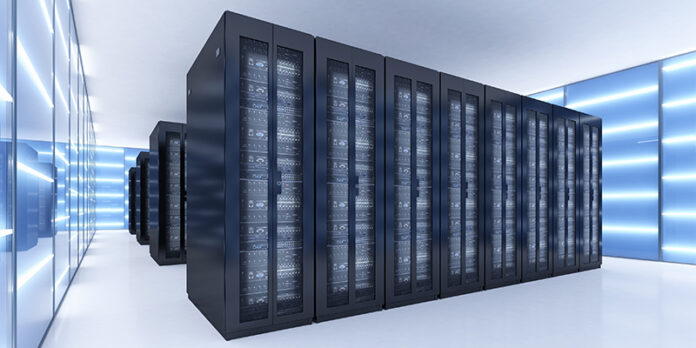
Nowadays, a server rack is found at every facility, since network systems control many operations and process large volumes of data. They perform complicated computing tasks and store important data. Thus, server furniture is an obligatory option in every business.
Now, you know all subtleties about the key components of rack server, which ensure safe performance and simplify employees’ workflow. In order to achieve smooth and durable functioning, approach the stage of choosing the right size and model of server furniture responsively and allocate equipment correctly.
